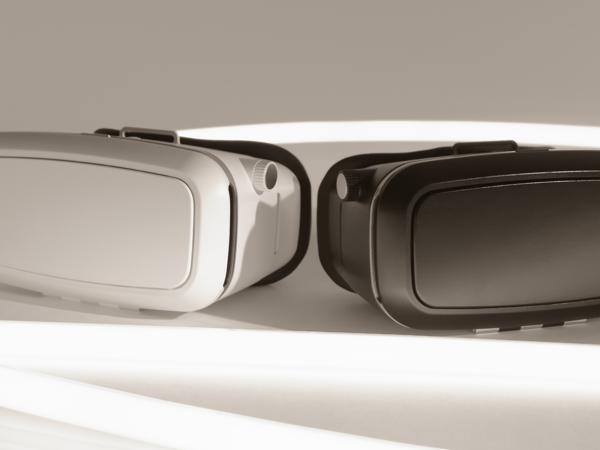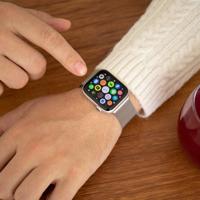In the ever-evolving realm of technology, augmented reality (AR) glasses have garnered significant attention, subtly blending our digital and physical worlds. These smart gadgets hold the potential to enrich our daily experiences, offering a glimpse into an interactive and informed future. Let's explore some of the noteworthy AR glasses you can consider today.
Nreal Light
Nreal Light is recognized for making augmented reality feel more tangible and accessible. With its lightweight and stylish design, the glasses promise a user-friendly experience without the bulkiness typical of many tech gadgets.
Key features include a vivid display and spatial computing capabilities. This makes it convenient for watching videos or engaging in interactive apps. While it might not cater to someone looking for high-end enterprise solutions, Nreal Light serves as a promising entry-level device for the tech-savvy consumer.
Microsoft HoloLens 2
The HoloLens 2 from Microsoft stands out primarily in enterprise contexts. It offers impressive spatial computing power, backed by a robust array of applications for business, training, and design purposes.
Users appreciate its intuitive hand tracking, eye-tracking, and voice commands. Although it comes with a steep price point, the HoloLens 2 has captivated businesses looking for ways to enhance workplace efficiency and collaboration.
Magic Leap 1
Magic Leap has been a topic of discussion for its ambitious approach to augmented reality. The Magic Leap 1 appeals particularly to developers and creators interested in designing innovative AR experiences.
Despite initial hype, real-world reviews have been mixed. Its potential, however, remains significant, especially for industries like healthcare, entertainment, and learning.
Google Glass Enterprise Edition 2
Once a household conversation piece, Google Glass has reemerged with a renewed focus on enterprise applications. The Enterprise Edition 2 addresses niche professional needs with enhanced performance over its predecessor.
Boasting features like a Snapdragon XR1 processor and a significantly extended battery life, it has found its place in sectors like logistics and manufacturing, offering hands-free information access for fieldworkers.
Vuzix Blade
The Vuzix Blade balances between a practical design and modern AR functionality. Its user interface feels familiar to smartphone users, and integration with popular apps makes it engaging for everyday tasks.
While it does not push the boundaries of innovation, the Blade offers a decent range of functionalities tailored for casual use, bridging a gap for those curious about the budding AR domain without hefty financial commitments.
Conclusion
Exploring the world of AR glasses reveals an exciting tapestry of possibilities, with each device offering unique features tailored to specific audiences. From enterprise-focused wonders like Microsoft HoloLens 2 to more accessible options like Nreal Light, there is something for virtually every tech enthusiast.
The journey of embracing AR glasses requires consideration of what you're hoping to achieve, whether it's exploring immersive content or enhancing business productivity. As technology continues to advance, AR glasses might play a pivotal role in shaping future interactions with the world around us.
For those intrigued, it's beneficial to stay informed about how AR glasses work, try out different models if possible, and find an AR solution that resonates with your individual needs and curiosity within the tech landscape.
Through these lenses, the horizon of digital interaction appears limitless, albeit with room for exploration and improvement.



